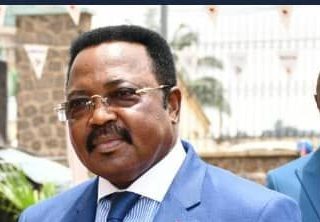Second Longest Serving President In Africa, 92 Year Old PAUL BIYA Of Cameroon, Who Has Spent 43 Years In Power, Sworn –in For Another 7 Year Mandate

Since The Rebirth Of Multiparty Politics, The Biya Regime Has Been Putting In Place Anti – Democratic Strategies That Enable Him To Win Presidential Elections, At All Cost. Reason Why All Presidential Elections In Cameroon Now End With An Allegation Of Stolen Victory.
How The System In Place Makes It IMPOSSIBLE For An Opposition Candidate, To Emerge The Official Winner Of A Presidential Election In Cameroon.

Despite all the threats and propaganda war mounted by the camp of the Issa Tchiroma Bakary, the FSNC leader and candidate at the October 12, 2025 presidential election, who declared himself winner of the election, the incumbent at the election, Paul Biya, that the Constitutional Council on October 27, 2025 officially proclaimed as winner of the election, and thus the President –elect, was officially sworn –in on Thursday, November 6, 2025, for a new seven year mandate. The oath that the 92 year old President Biya took at the swearing –in ceremony, which as is the tradition in Cameroon held at the National Assembly, was for the eighth mandate as President of the Republic.
The former Prime Minister of Cameroon, Paul Biya, who has been in power as President of the Republic for 43 long years, is the second longest serving President in Africa. Worth noting that the longest serving President in Africa, is 83 year old Teodora Obiang Nguema Mbasogo, of neighbouring Equatorial Guinea, who came to power on August 3, 1979, after overthrowing his uncle, Francisco Macias Nguema, in a coup.
Biya Did Not Come To Power, Through Election
It should be noted that President Biya did not come to power through an election. As Prime Minister, he was the Constitutional successor of Cameroon’s first Head of State, Ahmadou Ahidjo, who hastily left power in November 1982. This followed a French manipulation about Ahidjo’s health situation, which was allegedly masterminded by the then French President, Francois Mitterrand, who came to power in 1981, and who allegedly had an old score to settle with Ahidjo.
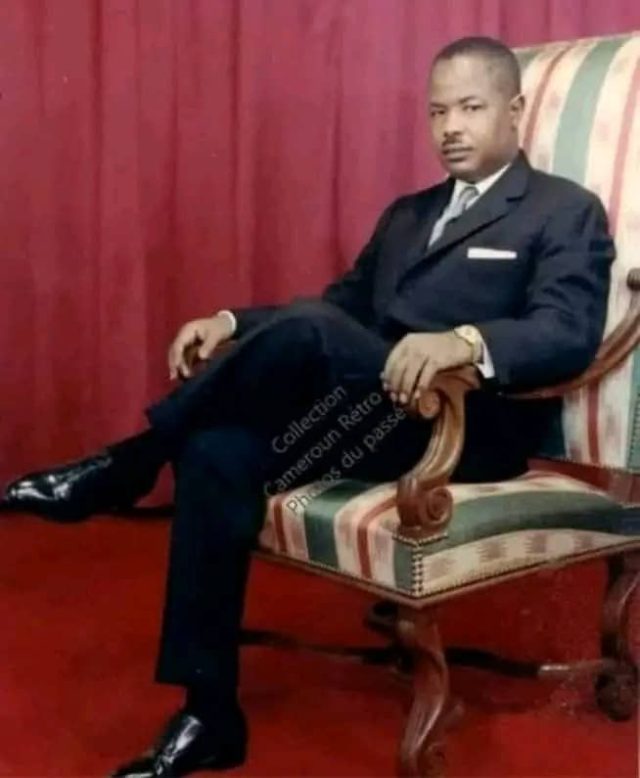
Suffice to say that President Ahidjo who on November 4, 1982 officially announced that he was to hand over power to his constitutional successor, Paul Biya, the then Prime Minister, formally handed over power to Biya on November 6, 1982. As could be seen, the date of November 6, 2025 was a day of double celebration for President Biya and his supporters. That is, Biya’s swearing –in for an eighth mandate as President of the Republic, and his 43rd anniversary as President of the Republic. It was definitely not a coincidence that the Presidency of the Republic scheduled the swearing – in ceremony, on that November 6, 2025.
Anti – Democratic Strategies To Win Presidential Elections At All Cost
Meanwhile since the rebirth of multiparty politics in 1990 – 91, the Biya regime has adopted a number of anti –democratic strategies which enable the President to always win re-election at all cost, or better still, to always be the one to be declared official winner of the elections. The strategies include among others the placing of regime members or loyalists, in key decision making positions in the electoral process, including in the election organizing institution or body. Another strategy is in having an Electoral Code with provisions that enable the loyalists or agents placed in strategic positions in the electoral process, to be able to carry out their missions, to ensure that the incumbent, Paul Biya, wins the presidential elections at all cost.
At first, the presidential elections, like other elections in the country, were being organized by the Ministry of Territorial Administration, or better still by civil servants seeking promotion, advantages or appointments, under the command of their minister, a member of the regime. At the Supreme Court which used to sit in for the Constitutional Council, judges known to be friendly or close to the regime, were mostly those handling election matters, including vote counting issues.
Fake Independent Electoral Commission
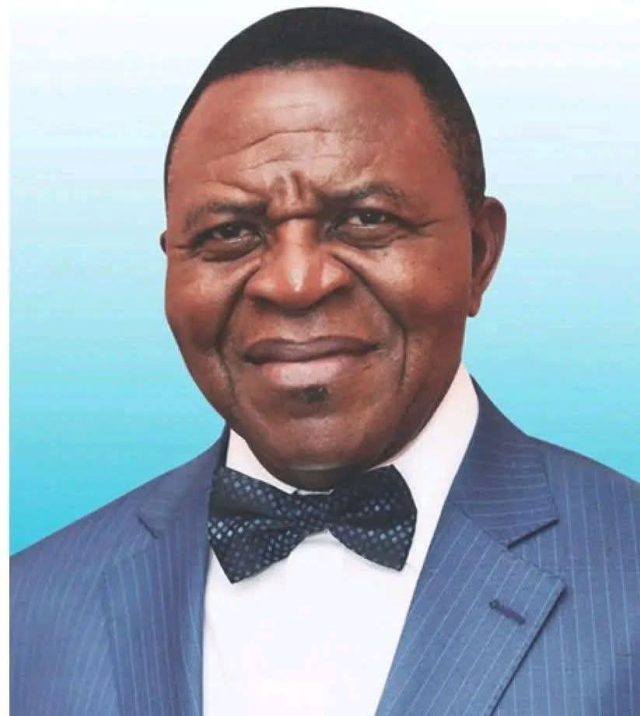
After much pressure by the opposition, President Biya in 2011 created Elections Cameroon, ELECAM, which the Government presented as an independent electoral commission. The Cameroonian people expected mostly credible independent personalities from the civil society, to be appointed as Board Members of ELECAM, supposed to be an independent electoral commission. But no! Senior members of the ruling CPDM, that is, members of the Central Committee and even of the Political Bureau, were appointed by President Biya as Board members of ELECAM. These included Prof Dorothy Njeuma, a member of the Political Bureau of the CPDM. Dr Fokam Azu who became the Pioneer Board Chair of ELECAM, was a member of the Central Committee of the CPDM. After the appointment, the senior CPDM members pretended that they had resigned from the party.
Also, some of the same persons at the Ministry of Territorial Administration in charge of elections, that used to manipulate election results in favour of the regime, were appointed as so called experts, to manage ELECAM. The Deputy Director of ELECAM, Abdul Karimou, for example is one of them. Even the Managing Director of ELECAM, Erik Essousse, is a regime man. The current Board Chair of ELECAM, Enow Abraham Egbe, is a former Governor, thus of the family of the Ministry of Territorial Administration. Of course it is no secret that in Cameroon, all Governors are in reality members of the ruling CPDM, and that any of them who tries to hesitate, finds himself in trouble. So it in a way, it is the Ministry of Territorial Administration that is indirectly managing ELECAM.
The 2012 Electoral Code
The current Electoral Code in the country was adopted in 2012. The authorities claimed then that the new Electoral Code was designed to ensure the organization of free, fair and transparent elections, and thus credible elections. However the Electoral Code is everything, except one that can ensure free, fair and transparent election in a country like Cameroon. In a presidential election for example, the Electoral Code recognizes results from vote counting at polling stations, which are in fact authentic results. That is supposed to be a good thing in democracy. But the problem is that the same Electoral Code states that, it is only the Constitutional Council that has the authority to proclaim the official result of the presidential election, and thus the official winner of the presidential election. More so, the result declared by the Constitutional Council is final, and thus cannot be challenged.
Controversy In The Electoral Code Concerning Return Reports (PVs).
 On a positive note, the Electoral Code makes provision which ensures that, an accredited representative or polling agent of each presidential candidate at a polling station, has the right to a signed copy of the return report commonly known in Cameroon as PV, which contains the detail results of the vote counting at a polling station. Thus it is possible for a candidate or his party, that has representatives in all or almost all of the over 30,000 polling stations across the country, to be able have a good idea of the election trend, within 24 hours after polls close. It however depends on how fast the return reports or PVs collected by the party’s polling agents in all he nooks and crannies of the country, can get to the team in charge of receiving the PVs and compiling the results.
On a positive note, the Electoral Code makes provision which ensures that, an accredited representative or polling agent of each presidential candidate at a polling station, has the right to a signed copy of the return report commonly known in Cameroon as PV, which contains the detail results of the vote counting at a polling station. Thus it is possible for a candidate or his party, that has representatives in all or almost all of the over 30,000 polling stations across the country, to be able have a good idea of the election trend, within 24 hours after polls close. It however depends on how fast the return reports or PVs collected by the party’s polling agents in all he nooks and crannies of the country, can get to the team in charge of receiving the PVs and compiling the results.
But again, there is a big problem in the same Electoral Code concerning PVs. After vote counting is done at the polling stations where the public is present, there is another so called vote counting at the Divisional and national levels, by Divisional Vote Counting Commissions (58), and the National Vote Counting Commission. It is at the level of the Divisional Vote Counting Commission, that members of the ruling CPDM indulges in fraud, in localities where they want to falsify results from polling stations. The CPDM does this in complicity with local administrative authorities and ELECAM members. The CPDM will falsify the results on its PVs and that of ELECAM, which operates more like an organ of the ruling CPDM.
The Electoral Code Says In Case Of Dispute, It Is ELECAM’s PV That Is Taken
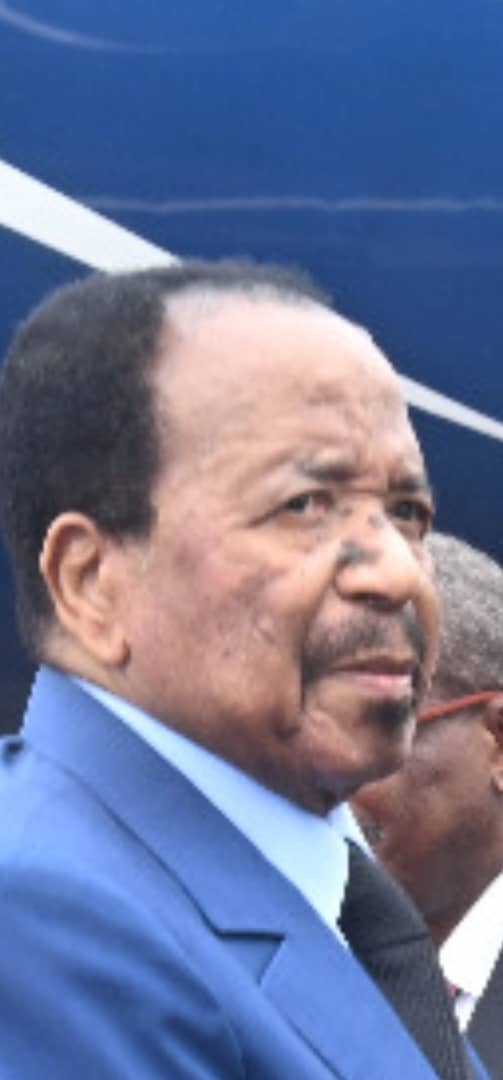
At the Divisional Vote Counting Commission, the representatives of opposition candidates or parties will cry foul, that the CPDM has falsified the result on its PVs. The President of the Divisional Vote Counting Commission, that is, the President of the High Court of the area, who is thus a civil servant, will at that point say that the Commission has to apply what the Electoral Law says in case of such disputes, knowing of course that the Electoral Law plays to the favour of the ruling CPDM. The Electoral Law states that in case of a dispute between political parties over the result from a polling station, it is the PV of ELECAM that is taken by the Divisional Vote Counting Commission. And so the falsified PVs of ELECAM, which are the same like the falsified PVs of the CPDM, will be taken by the Divisional Vote Counting Commission, to the advantage of ruling CPDM, and to the disadvantage of the opposition.
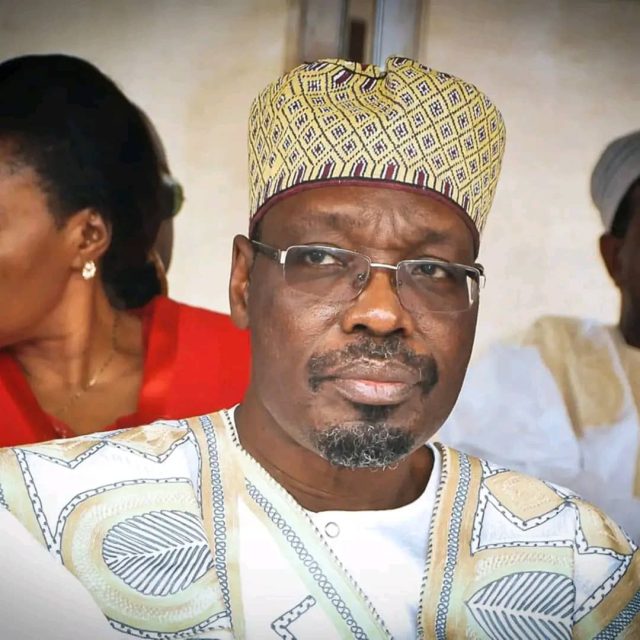
This is a major electoral fraud that is very common in our presidential elections. In a panel discussion, ‘Canal Presse’, over Canal 2 International in Douala on Sunday, November 2, 2025, the SDF Mayor of Loum, Guy Mesmin Wambo, raised a case of such an electoral fraud that occurred in connection to the October 12, 2025 presidential election in Loum Sub- division, in the Mungo Division, Littoral Region. The statistics that Mayor Wambo presented in the Tv programme, showed that the PVs of the CPDM and ELECAM from Loum Sub-division, were not the same when they got to the Mungo Divisional Vote Counting Commission. To begin with, the PVs of ELECAM and CPDM at the Mungo Divisional Vote Counting Commission showed that, the total number of validated votes that were registered at the October 12 presidential election in Loum Sub-division had increased. Mayor Wambo also said though Tchiroma still won in Loum in the PVs that ELECAM and the CPDM presented at the Mungo Divisional Vote Counting Commission, the total number of votes that Tchiroma received was reduced, while the total number of votes that Paul Biya received was increased, in the PVs from Loum that the CPDM and ELECAM presented at the Mungo Divisional Vote Counting Commission. Suffice to say that the Mungo Divisional Vote Counting Commission in the dispute took the PVs of ELE AM, in line with the controversial Electoral Code.
The Constitutional Council – Clement Atangana In Charge
Meanwhile, the Constitutional Council was finally created and members appointed in 2018. Again, the members of the Constitutional Council that President Biya appointed, with the exception of one of two cases, were all senior members of the ruling CPDM, or people with close ties to the regime. The retired senior Supreme Court judge, Clement Atangana, that Biya appointed Pioneer President of the Constitutional Council, was somebody that the opposition had lots of problems with, in the past, over the controversial way in which he was handling electoral matters, at the time that Supreme Count was sitting in for the Constitutional Council. Clement Atangana was often accused by the opposition of acting in favour of the ruling CPDM, to the detriment of the opposition.
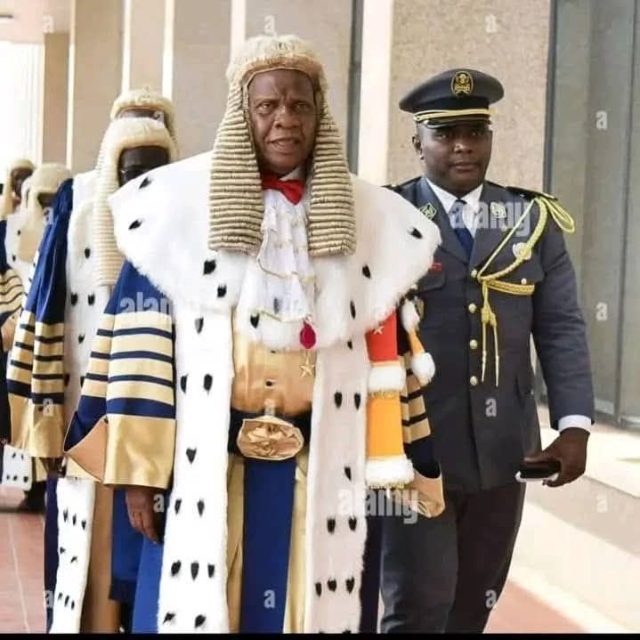
It is very likely that it was in connection with the way that Clement Atangana used to favour the ruling CPPDM, and probably as compensation, that when the Constitutional Council was created, the President of the Republic, Paul Biya, who is also National President of the ruling CPDM, got Clement Atangana out of retirement, and appointed him the Pioneer President of the Constitutional Council, with all the big advantages. And of course Atangana has continued to live up to the expectations of Biya and his CPDM. It is difficult to imagine a situation, where Clement Atangana of all, can bring himself to declare the result of a presidential election, that an opposition candidate has beaten incumbent Paul Biya, at the presidential election. Impossible!
And So Paul Biya Has Been ‘Winning’ All The Elections
With the anti –democratic strategies that the Biya regime have been putting in place to enable Biya to continue to win the presidential elections at cost, he has continued to emerge as the official winner of presidential elections. If we look at presidential elections in the country in the last 25 years for example, President Biya of CPDM won the 2004 presidential election that had 16 candidates, with a score of 70.92 % (2,665,359 votes). The second was Ni John Fru Ndii of SDF with a score of 17.40 % (654,066 votes). At the 2011 presidential election, Paul Biya of CPDM won with a score of 77.989 % (3, 772, 527 votes). Ni John Fru of SDF again came second, but with a reduced score of 10.712 % (518,175 votes). A record number of 23 candidates participated in the election. At the 2018 presidential election which came up after ELECAM, which went operation in 2011, said the electoral register had been properly cleaned up, Paul Biya of CPDM again won with a score of 71.28 % (2,521,934 votes). Maurice Kamto of MRC came second with a score of 14.23 % (503,384 votes). Kamto claimed he won the election which had a total of 9 candidates.
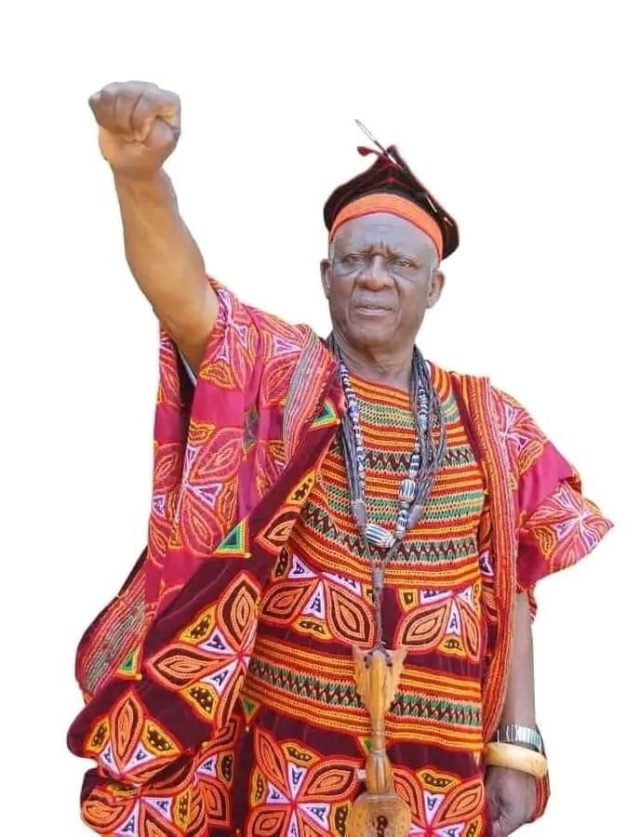
The last presidential election took a month ago, precisely on October 12, 2025. The Cameroonian people were clearly, and so strongly, against the 92 year Paul Biya, who has hung to power for 43 years, running for another mandate. This was because of Biya’s much advanced age, his much reduced physique due to age, his longevity in power, and the bad governance that his regime has been associated with for many years. Despite all that, the Clement Atangana’s Constitutional Council on October 27, 2025 officially declared Biya the winner of the October 12 presidential election, though with a much reduced score of 53. 66 %. However, the total number of votes that Biya received (2,474,179 votes), was not much different from the total number of votes that he received at the 2018 presidential election. The main challenger of Biya in the October 12, 2025 presidential election, Issa Tchiroma Bakary of FSNC, like Kamto at the 2018 presidential election, claimed that he won the 2025 presidential election. However, in the official result that was proclaimed by the Constitutional Council on October 27, 2025, Issa Tchiroma scored 35.19 % (1,622,334 votes). Worth noting, that the Constitutional Council validated the candidacies of 12 persons for the October 12, 2025 presidential election.



